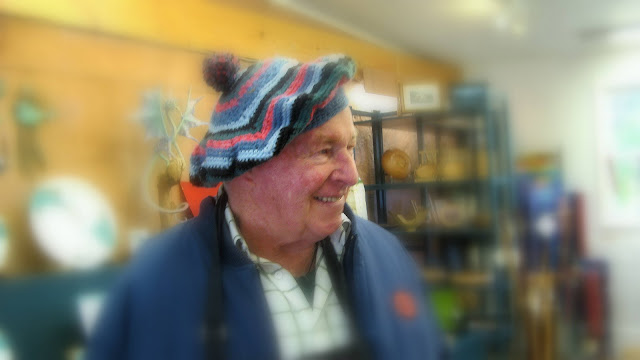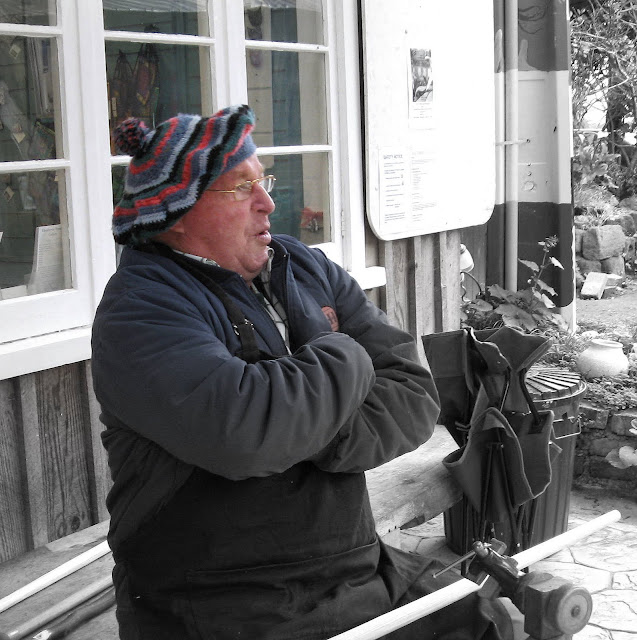Today has been warm with the promise of summer. Yesterday was a typically sping day, warm out of the wind but cool in the wind.
Just as I was wondering how I was going to entice two of my grand-daughers to come for a walk with me, the man who traps eels in our creek stopped by to leave a message for my son and in doing so told me he had left his eels and a trap where the little creek feeds into big creek. The girls' ears didn't miss that piece of information and they were very keen to go see the eels.
I knew exactly where he meant and within minutes we set out. To Georgia and me this is the place where the mallets are and relates back to my first ever blog post. http://paulinespaddock.blogspot.com/search/label/Mallets
It was a lovely day, (ignore the wind) - mellow, with lovely soft sunshine. The dairy herd in the paddock next door to my house looked like the contented cows we imagine produce our milk.
Call me nuts if you like. but even the effluent ponds look lovely:
Further along the track, the recently born calves also looked happy.
Between the two were a few cows that have given birth in the past 24 hours. I love to see new calves testing out their legs:
But our destination was the creek. It was flowing quite swifly after all the recent rain, a bit murky and looking awfully cold.
Not that cold water means anything to the enthusiasm of children. The minute they spotted the eel traps, the girls kicked off their gumboots, hitched up their long pants and waded in.
If you look carefully, and I do mean really look hard, you can see the eels that fascinated the girls so much, in the trap.
But kids being kids, they soon tired of the eels and went on to play, as they usually do, in the creek, picking up 'beautiful' rocks, throwing twigs into the creek and watching them 'scoot' down the creek.

To Sammy, Georgia's little dog, the flow of the creek was quite strong. I laughed listening to her encouraging him to come across, "Come on, Sammy. Dog paddle. You're a dog, dog paddle, Sammy. You can do it, Sammy!" He was washed downstream a bit, but he make it safely across. Poor Sammy, his valiant effort was met by peels of laughter!
It was a lovely afternoon but eventually the cold of the girls' legs, and the little midgeies that were attacking us, meant we had to head home, Shayde with a precious rock from the creek in each hand:
Georgia dragging her 'boat'. (Come on, look closely, you can see it's a boat!)
And me with my hat full of 'treasures' retrieved from the creek.
Ahh, I love where I live!!


















































